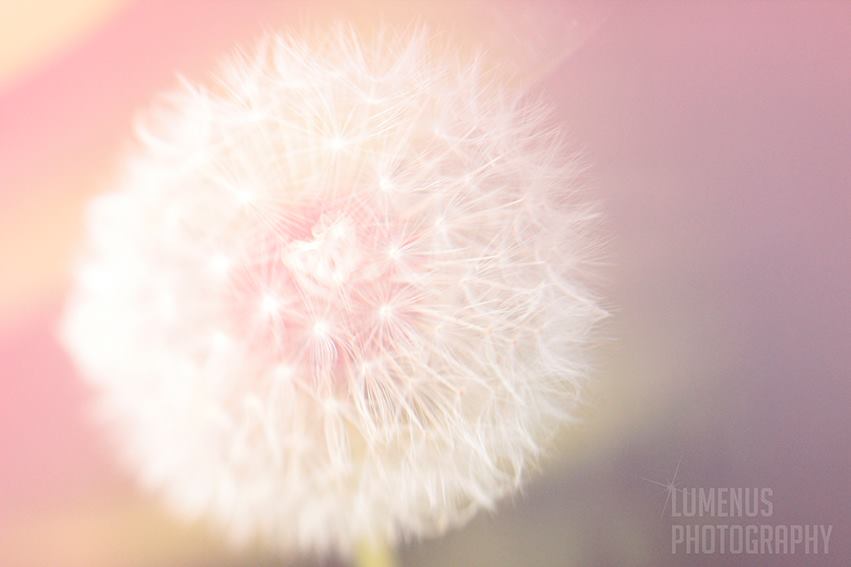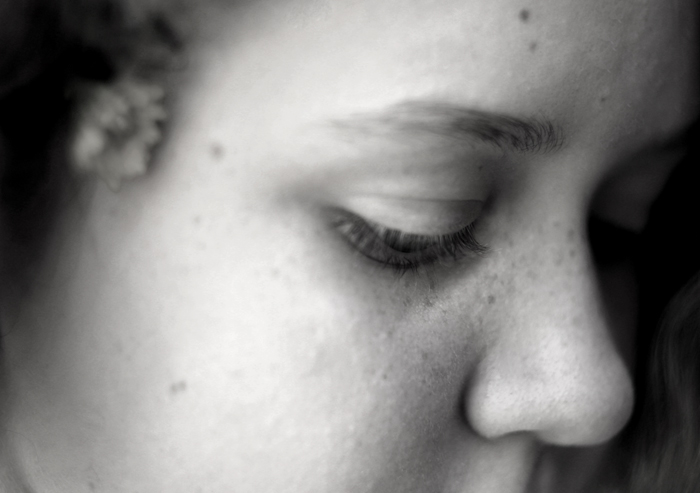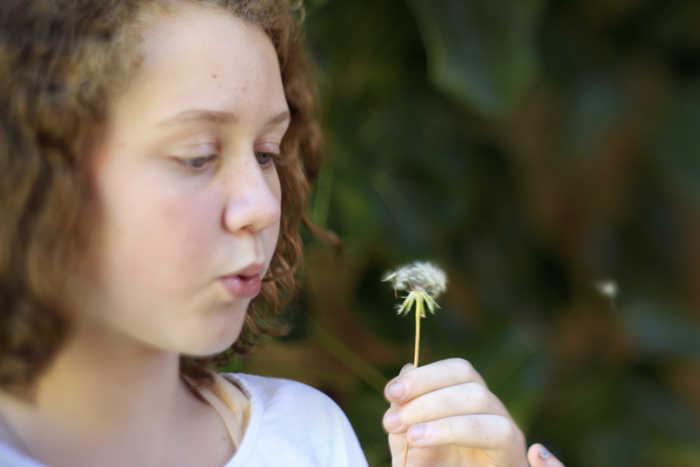Free Lensing Photography for Beginners
What is Free Lensing…
and How to Do It!
Free lensing is a rogue genre of photography that can take our creativity to a whole other level!
So first up, what is free lensing?
It’s using your lens detached from your camera, whilst holding it loosely inside the lens cavity. The technique offers an extremely shallow depth of field – a mere sliver in fact. And this lets us create some really beautifully creative images!
Toni Laws is a Click Love Grow graduate who fell in love with this technique, and much to our delight she offered to share her expertise so you can give it a try too.

Dreamy & Whimsical
The first time I tried free lensing, I was trying to get a ghostly image of my girls at the cemetery. What I was doing wasn’t working, but I suddenly remembered an article I’d read about free lensing. I whipped the lens off the camera, and with my first click, I was completely and utterly hooked.
I love that it produces a slightly dreamy, romantic or whimsical effect, and the bokeh is to die for!

Technique
The actual technique is as straightforward as this: remove the lens from your camera body, and hold it up to the opening as close as possible.
Then you tilt it slightly and manipulate it around to change the effect.
Light Leaks
Having the lens disconnected can mean light leaks, which is when light leaks onto your image through the gap between lens and body. This is not necessarily undesirable… you can use those light leaks to great effect.
If you want to eliminate light leaks, close the gap either by moving the lens tighter or cupping your hand around to seal it.
Reverse Macro
You can also reverse the lens, and shoot with the front of the lens held up to the body. This is called reverse macro, and will give you a macro effect with the blur of free lensing.

Focus
The first images I took were all blurry. It’s hard to get focus when your lens is detached and it takes a lot of experimenting to get the hang of it. That first day it took me a while to get any of the scene in focus at all. Let alone focus in the right spot whilst also creating a strong image!
In free lensing, we don’t achieve focus using auto focus or the manual focus ring. Instead, look through the viewfinder, and tilt and shift the lens around until you get your desired focus in the spot you’re aiming for.
It’s tricky, and it takes a LOT of patience and missed shots. But it’s well worth the effort to master the technique.
Aperture
If your lens doesn’t have an aperture ring, you’ll lose control of aperture. Upon release, the lens will default to its maximum aperture setting (eg. the 50mm f/1.8 defaults to f/1.8), meaning a very shallow depth of field.
Canon shooters can get around this by turning on the camera, set to Manual mode, set the aperture, then hold down the DoF preview button and lens release button together, whilst twisting the lens off (you might need 3 hands to do this!).
This locks your aperture.
Lenses
I use all my lenses at various times, but my trusty old nifty fifty (Canon 50mm f/1.8) and my vintage manual Helios 44-2 are my favourites for free lensing. They’re small and light and as such easy to manipulate.

Composition
I’ve been free lensing for over a year now, and I still don’t feel like I fully control the process, so I never really know what I’m going to get.
I tend to take several shots of the same composition, varying the angle of the lens slightly, in an attempt to get one with the focus where I want it.

Toni’s Top Tips
Wear your camera strap, or even use a tripod, so that your hands are free to save your lens if necessary.
You also need to be aware of your environment. When your camera is out about with lens detached, it’s at risk of getting dirt or moisture inside your camera body. So if it’s windy, raining, especially around sand, dirty and dust… save it for another day!
Lastly… expect lots of misses. It’s not easy to master, and finding focus is hard! But when you nail it, the reward of beautifully dreamy photos is SO worth it!

Much love to Toni for her generous tips and gorgeous images!
Join my new workshop and learn How to Shoot Pro-Quality Photos With Your DSLR… and it’s totally FREE to join! Register here…

Leave a Reply Cancel reply
PRIVACY POLICY & SITE TERMS AND CONDITONS
CLICK LOVE GROW ™ Pty Ltd - COPYRIGHT 2024 ©
x
Join Now
Enter your info below to join the challenge!
Want a friendly reminder when I go live?
Pop in your number and I’ll shoot you a text.
* We will send text reminders for our live calls during the challenge! Reply ‘STOP’ to end or ‘HELP’ for help.
We promise not to ever share your details with anyone or send you spam! Check our privacy policy and terms of service.
Be the first to comment